|
by Cailin O'Hara, MAcOM, LAc, Dipl OM When you’re in pain, you want to the know the way out of it… as quickly as possible. But how do you know what will work? What’s the right thing to do? The Flow How I Treat Pain If you’re seeking “alternative” treatments for pain, you likely have many questions. I will explain how I treat pain in my practice and what you can expect if you come to see me for help. 1) We start with an in-depth consultation and evaluation.This means I ask you questions about your pain, how it started, what you’ve tried. But I also ask you about all other systems as well- digestion, moods, lifestyle, sleep, energy, etc. This way we can capture the whole picture of your current health and well-being. ... 2) I utilize tongue and pulse diagnosis.Feeling the pulses and evaluating the tongue are diagnostic methods in Chinese medicine to further explore physiology, imbalance and emotional states. I also dial in with my intuition while feeling pulses (which seems to be one of my superpowers) and can detect pain pathways, emotions and other important aspects of your health. ... 3) I evaluate your posture and musculature.Your structural alignment, or lack there of, reveals where imbalances lie that can contribute to, or even be the root of, physical pain. I observe your posture, alignment and tension patterns in your muscles to better understand what is implicated in your pain. I also help you to become aware of these imbalances so you can begin gently correcting postural problems on your own. ... 4) I devise your treatment.After the consultation and evaluation, we have a clear idea of how to get started with your treatment and care. I consider your overall health, based on our findings, and diagnose your pain patterns using Chinese medical theory. In your diagnosis, I will also include any other symptoms or complaints you may have. This means that treatments will not only alleviate pain but also help heal other underlying imbalances. (Bonus! Who doesn’t like more energy and better sleep, anyway?) ... 5) Treatment.Your treatment is tailored very specifically to you. With this medicine, there is no one size fits all treatment for pain. I’m also a less is more kind of provider. So, this means that I choose the most effective treatments while remaining minimal in intensity (aka gentle, soothing, relaxing treatments are my style; painful and intense are not). During treatments, I will use some combination of my treatment offerings including acupuncture, Acutonics tuning forks, cupping, gua sha and sound healing. ... 5) Home recommendations and treatment plans. I often recommend simple things you can do at home or throughout the day to help ease your pain (Epsom salt foot soaks are a favorite). I also explain my recommended number of treatments, expectations for our progress, and anticipated results. In general in my practice:
... 6) What you can expect.Most pain significantly reduces after a couple of treatments. Sometimes it’s 1-2 treatments and we’re done! For others, it can be weekly sessions for 4-8 weeks. Often, patients will come in monthly after that or as needed if pain flares. If we don’t make the progress I expect with our treatments, I reconsider your diagnosis and may need to refer out for imagining or a second opinion. I’m always amazed how well this medicine works to treat pain. I also love how the treatments themselves don’t hurt and are, in fact, very relaxing. It’s a win-win scenario! If you're in pain, give Chinese medicine a try.
0 Comments
The Journey of Becomingby Cailin O'Hara, MAcOM, LAc, Dipl OM “Not a perfect soul, I am perfecting. Not a human being, I am a human becoming.” |
Step 1: Do your research
. . .
1) Can you tell me about your training and credentials?
A) go through rigorous study and training over the course of 3-4 years to acquire a master's degree in Chinese medicine and
B) pass board exams to become board certified
In addition to education and credentials, ask about your acupuncturist's additional trainings and areas of focus. This will give you a better understanding of their interests and what you might expect with treatments.
. . .
2) What is an appointment with you like?
. . .
3) What are your treatment types or specialties?
Step 2: Choose an acupuncturist
. . .
Do we resonate well together?
Do I feel heard and understood?
Do I feel like I can ask questions and get clear answers?
. . .
Step 3: Schedule an appointment
. . .
Does acupuncture hurt?
What if I'm afraid of needles?
. . .
Acupuncture is an experience. It generates sensations in the body. It can soothe the mind and neutralize pain. You may feel buzzing, tingling or heaviness where the needles have been inserted. You may be overcome with a sense of deep relaxation and enter a dreaming state. However, the needles are so thin that you may not even notice them at all.
. . .
Questions? Contact us!
It works through the interconnectedness of the body.
The reality is that every aspect of you is interrelated. So, through using a system of medicine that works specifically with the body (i.e. acupuncture), we can affect all levels of physiology- from cellular to muscular to hormonal to emotional and so on. Plus, treatments like acupuncture have one MAJOR benefit: it generally doesn’t have any unwanted side-effects.
Sounds too good to be true, I know.
Good Enough to be True
I was very unwell when I eventually tried acupuncture. I had no Western medical options left, but I didn’t stop searching for answers. That being said, I was HIGHLY skeptical of acupuncture.
I thought, “how can something so simple actually help me if everything else I’ve tried hasn’t?”
I had tried it all- medications, expensive imaging, thousands of dollars’ worth of supplements, and more. Even then, it took me nearly a year of being persuaded by a friend to finally try acupuncture.
After my first treatment, I got off of the table feeling different in a way I couldn't explain. I also started feeling better. Since then, acupuncture and Chinese medicine have improved my health in countless ways.
Interconnectedness 101
Let’s take a look at these two images below. In Chinese medicine, they are referred to as “sinew channels.” They are related to other terms you may have heard of: acupuncture channels, meridians, or pathways.
Here's one really cool feature about working with these channels: since everything is connected, you don't have to treat the area of pain directly! In fact, some of the best places to treat back pain or sciatica aren’t located anywhere near the back. Acupuncture points in the lower legs and feet successfully treat many types of pain.
It’s Not Just About Physical Pain
One big misconception about treatments like acupuncture, cupping and massage is that they only treat physical or musculoskeletal pain. While they are effective treatments for pain, they can treat infinitely more conditions than you probably realize- anxiety, insomnia, allergies, IBS, PMS and sexual dysfunction, to name a few. There are many more pathways in the body than the ones in the images above, and they are linked to all facets of our physiology like: heart and lung function, gastrointestinal health, and brain chemistry. Much of the research around acupuncture explores these connections. Explore the web and you'll find countless studies!
Stay tuned for explanations that explore healing the emotions with body-centered medicine.
-Cailin O’Hara, MAcOM, LAc, Dipl OM
We have all experienced pain. Nearly everyone is in some kind of pain at some time... and for some of us, it just won't stop. Today we will look at one very important principle in working with our pain. This key to working with and healing our pain comes from Chinese medicine (think acupuncture and herbal medicine), what I study and practice in my clinic. There is a reason why you keep hearing or reading about acupuncture in the news and how it helps people in pain. It does! But pain doesn't just mean physical pain... we are talking pain on every level.
But how? And why? Big questions! But first…
Let’s talk about pain.
Pain is a Signal
What kind of pain do you feel?
What is it? Where do you feel it? It is from an old injury? Is it new? It is in your stomach? Your chest? Is it a result of emotions? Past abuse? Does it keep you up at night? Does it distract you from your work? Interfere with your relationships? Is it sharp or dull? Does it come and go?
Pain is an alarm alerting us that something isn’t right in some way. That sounds simple, but think about it. Pain is a signal. It is what we do with that signal that makes all the difference in our experience of our pain. And let’s be real- what we really want to do is END it, make it stop once and for all! But for those of us who have experienced pain, which I imagine is everyone, we have learned that there aren’t many quick fixes to make pain stop immediately and for good. So what can we do for ourselves? What are our options?
Pay Attention to Your Pain
First of all, we have to dial into the pain signal, really pay attention to it, and figure out what it needs in order to make it stop. Not all pain is the same, so it shouldn’t be treated in the same way. If you bang your knee on your dresser in the middle of the night, that feels a lot different than if your back aches from working long days lifting boxes, which also feels a lot different than the hurt we feel when someone betrays us. Each of these scenarios is an experience of pain, but they are vastly different, and should be treated differently. Makes sense, right?
Once we figure out the type of pain we are experiencing, we are better able to address it. This is one reason why using Chinese medicine, acupuncture and herbal medicine can be so beneficial. The treatments for pain are not one size fits all. The treatments depend entirely on what kind of pain you’re experiencing.
Why Pain Happens
The key when working with pain is to remember this: you hurt because something is blocked. Blood, circulation, hormone production, feelings, thoughts- something isn’t moving freely. Where things once flowed freely, there is now a blockage. It could be physical, like an injury to your shoulder that causes pain. It could be emotional, like persistent anxiety after a stressful experience (PTSD is an example). The idea is that something happened, some kind of impact, and where that impact occurred is where things have stopped moving properly. In Chinese medicine, we refer to this as “stagnation.” And stagnation (of many varieties) is the most commonly diagnosed condition in Chinese medicine.
So how do you treat it?
Flowing Freely Again
We have to restore movement where movement is blocked in order for pain to fade. How do we get things moving? One of the powerful effects of acupuncture is its ability to help restore flow and balance in the body. For instance, your chronic neck ache can be alleviated with acupuncture because it helps to clear up the stiffness and congestion that are causing your neck to hurt. Your grief that sits in your chest and weighs you down can be alleviated with acupuncture because it helps to move what has become stuck.
Pain makes us feel stuck, like we can’t move freely, like we can’t live our lives in the ways that we want. It feels like our pain is holding us back. THAT is stagnation. We have all felt it in some way, probably many ways and many times. When it doesn’t go away on its own, when we can’t un-stick ourselves, that’s when the power of Chinese medicine can really come to our aid and help us flow freely again.
Feel free to email us with questions or comments. And stay tuned for part two!
-Cailin O’Hara, MAcOM, LAc, Dipl OM
Author
Dr. Cailin O'Hara, DACM, Dipl OM, LAc, is a nationally board certified Doctor of Chinese Medicine and Acupuncture, intuitive and coach. She is based in Phoenix, AZ, and works with clients worldwide.
Archives
March 2022
August 2020
April 2020
March 2020
October 2019
August 2019
July 2019
June 2019
May 2019
April 2019
March 2019
February 2019
January 2019
November 2018
October 2018
September 2018
May 2018
April 2018
January 2018
December 2017
November 2017
October 2017
September 2017
April 2017
March 2017
January 2017
Categories
All
Acupuncture
Anxiety
Back Pain
Chinese Medicine
Chronic Pain
Cosmetic Acupuncture
Cupping
Depression
Does Acupuncture Hurt?
Eating Disorders
Emotional Trauma
Empowerment
Energy Healing
Facial Rejuvenation
FAQs
Fatigue
Fear
Fibromyalgia
Food
Grief
Healing
Intention
Intuition
Journaling
Law Of Attraction
Letting Go
Meditation
Neck Pain
Nutrition
Pain
Panic Attacks
PTSD
Recipes
Sciatica
Self Care
Self-Care
Self-Esteem
Self Love
Skin Care
Stress
Truth
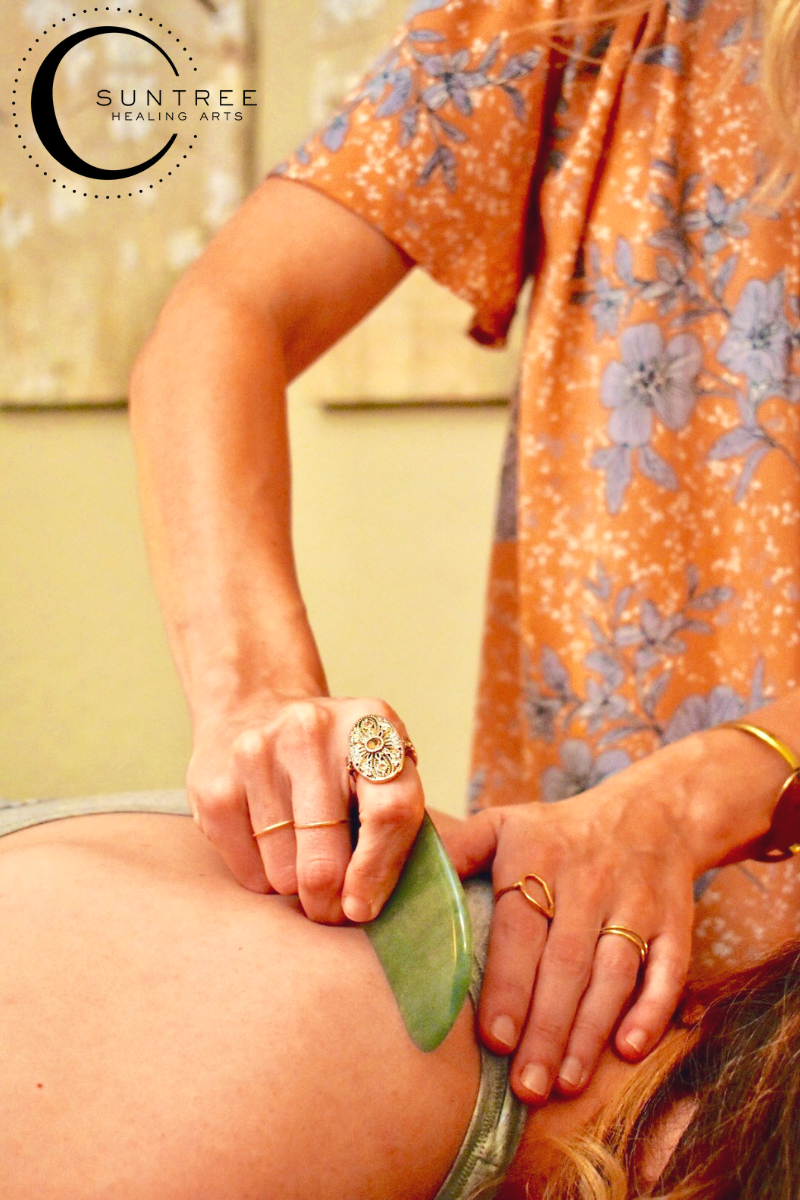
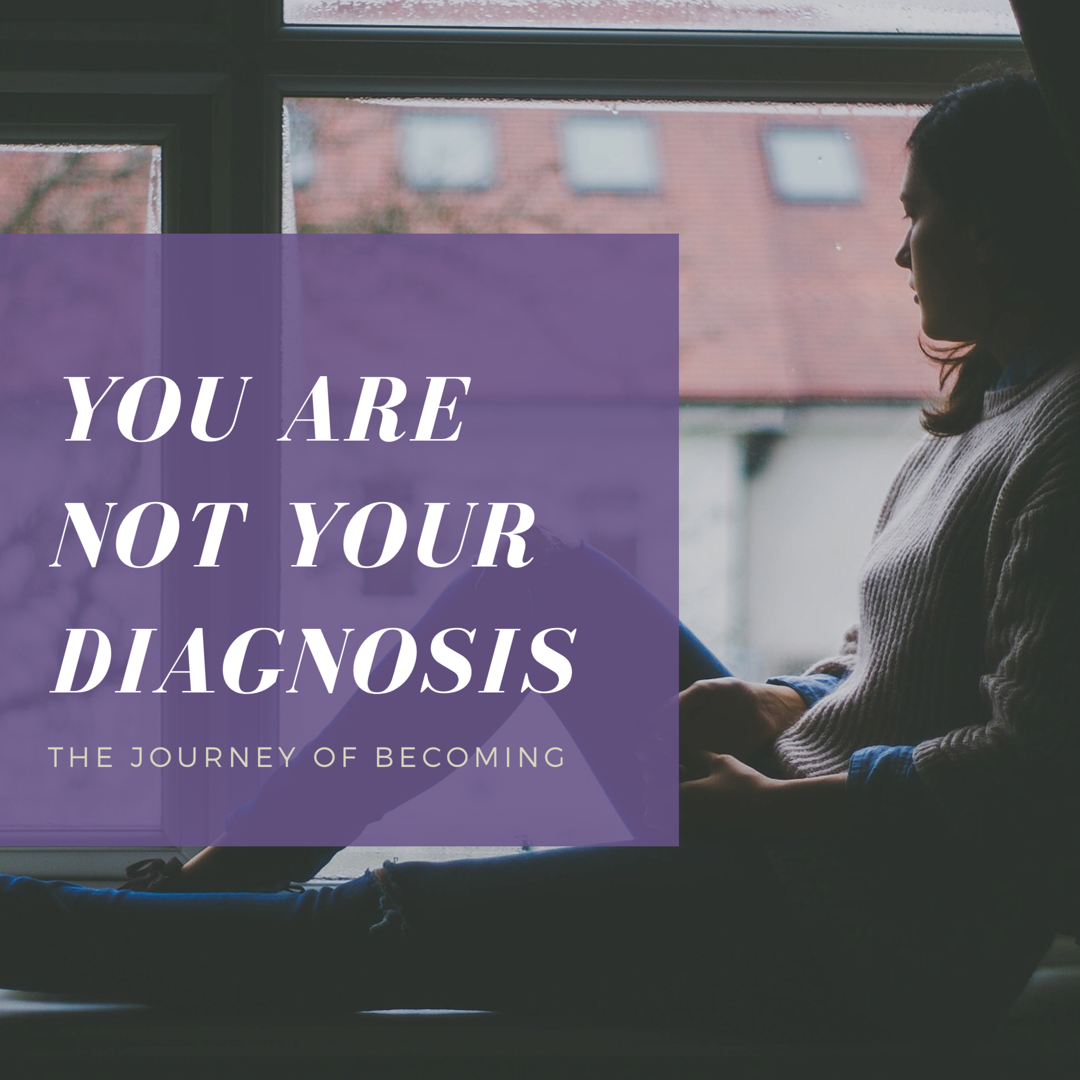
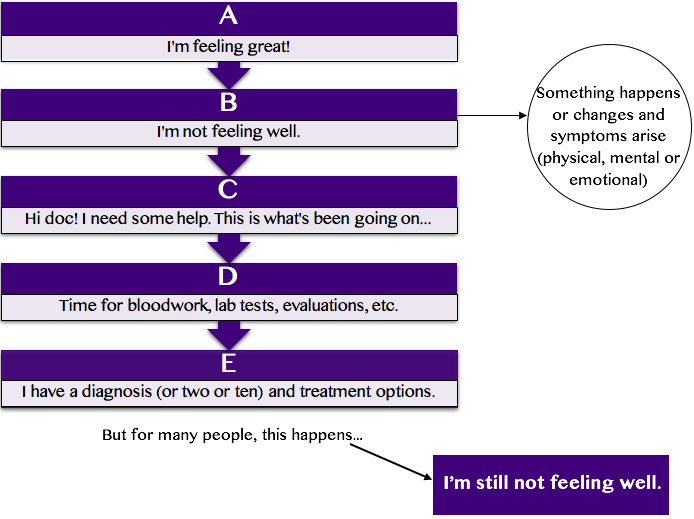
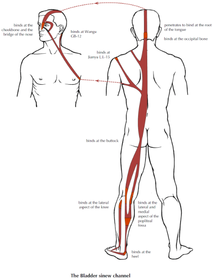
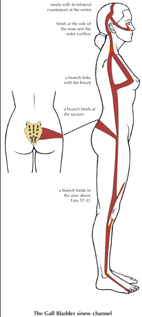

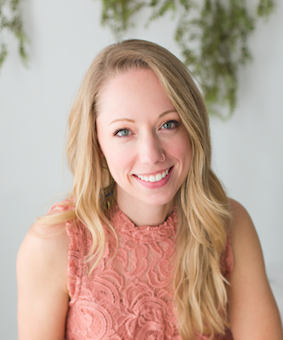
 RSS Feed
RSS Feed